COVID-19 lockdowns have led to reduced travel and human-related emissions, and therefore, improved outdoor air quality. In fact, according to IQAir’s 2020 World Air Quality Report, some 84% of nations reported improved air quality compared to 20191. However, the same positive trend cannot be seen with indoor air quality. Last year, Airthings reported a sharp increase in indoor CO2 and airborne chemicals (Volatile Organic Chemicals or VOCs) due to the lockdowns (read the first report here). As our homes have taken on the dual functionality of being both personal living spaces, and office and school spaces, good indoor air quality is not only central to our wellbeing, but our productivity as well.
Now a year later, we have completed another analysis to learn if poor indoor air quality persisted into the rest of 2020. Here’s what we discovered.
Key takeaways
- The data shows higher levels of CO2 and airborne chemicals (VOCs) in both Europe and the United States after the lockdowns, compared to before; Overall, Europe had higher levels on average than the United States.
- In the United States, the percentage of devices with poor air quality more than tripled from the start of lockdown until the end of the year; in Europe, nearly 1 in 4 devices registered poor air quality during the peak in April2.
- Monitoring and maintaining healthy indoor air quality in the home is important for your health and to optimize performance in work and school.
PRESS CONTACT

Nora Perez
PR & Events Manager
press@airthings.com
Carbon Dioxide and Cognitive Abilities
CO2 is a greenhouse gas that is natural and harmless in small quantities. Most commonly produced indoors by the air we exhale, CO2 levels build up indoors with more people, more time, and less ventilation in a room. It’s important to monitor indoor air quality as high concentrations of CO2 can cause restlessness, drowsiness, headaches, and more.
Airthings analysts looked into CO2 trends during typical work hours to understand how working from home has affected indoor air quality in major markets. In both Europe and the United States, there is a noticeable spike in March when the lockdowns began and another steady rise in the fall when many countries went into a second lockdown. Europe's CO2 levels were significantly higher throughout the entire year, and we see a 16% increase in CO2 levels from late February (right before the lockdowns) to the end of the year2; in the United States, we see more than an 11% increase2.
Breaking Europe down into individual markets, we observe the expected peak in CO2 in March for Norway, Germany, and the UK. In the UK, an even larger peak is observed when CO2 levels rose over 25% when the second national lockdown went into place at the beginning of November3.
Average CO2 levels in the United States and EuropeCopy graph embed code. |
Average CO2 levels in Norway, Germany, and the UKCopy graph embed code. |
With the home environment now doubling as the work and school environments, healthy CO2 levels become important to your job performance as high concentrations are directly correlated to low productivity and decreased cognitive abilities. In fact, studies show that as CO2 levels rise, people have a much harder time learning, performing simple and complex tasks, and making decisions. Good air quality improves productivity and can result in a 101% improvement in decision making4. Fresh air will also aid in a better night’s sleep and in avoiding the “stale” air feeling which comes from increased levels of CO2; a good night’s sleep will help in increased productivity and focus the next day.
To decrease your CO2 levels, improve the airflow throughout your house by opening windows or vents for 5 - 10 minutes, several times a day. Additionally, it is important to regularly replace air filters in indoor fan systems.
Airborne Chemicals (VOCs) Rise 50% More than the Recommended Level in Europe
Airborne chemicals (VOCs) are a combination of gases and odors emitted from many different toxins and chemicals from everyday products and activities such as cooking and cleaning fumes, new furniture, paint and craft products, and more.
Low levels of airborne chemicals (VOCs) are considered to be under the threshold of 250ppb. In Europe, airborne chemicals (VOCs) were higher than the recommended level for nearly the entire year; at its peak of 390ppb, airborne chemicals (VOCs) were 50% higher. While airborne chemical (VOCs) levels in the United States were much lower, it was still nearly 9% higher at the end of the year than before the lockdown2.
In Germany, we observe several spikes in airborne chemicals throughout the year. By the end of the year, the average level of airborne chemicals (VOCs) had increased nearly 7% since March. The UK follows a similar trend to Germany, with several peaks, whereas levels in Norway are more stable after the initial peak in March3. The increase in airborne chemicals (VOCs) could be due to increased frequency in cooking and cleaning as people stay home.
Average airborne chemicals (VOCs) levels in the United States and EuropeCopy graph embed code. |
Average airborne chemicals (VOCs) levels in Norway, Germany, and the UKCopy graph embed code. |
In the short term, airborne chemicals (VOCs) can cause headaches and minor eye, nose, and throat irritations which can impede optimal performance when working from home. However, there are more serious long-term health effects such as liver and kidney damage. Regularly replacing air filters in indoor fan systems, storing toxic products in a separate area from your home, and choosing low airborne chemical (VOCs) products are all ways to decrease airborne chemicals (VOCs) in your home.
Poor indoor air quality persists throughout 2020
For a better understanding of overall indoor air quality Airthings analysts looked at the percentage of monitors with poor indoor air quality across 2020.
Percentage of devices with poor air quality in the United States and EuropeCopy graph embed code. |
Percentage of devices with poor air quality in Norway, Germany, and the UKCopy graph embed code. |
In the United States, while the percentage of devices with poor air quality decreases after the initial spike, the number has more than tripled from the start of lockdown until the end of the year2, indicating that poor indoor air quality persisted into the rest of 2020. In Europe, the percentage of devices with poor air quality is much higher, with nearly 1 in 4 devices registering poor air quality during its peak2.
In Norway, there was less than 2% of devices with poor air quality in the month leading up to the lockdown. Post-lockdown, the percentage of devices with poor air quality stayed above 2%, peaking at more than 6% of devices3. The data shows that overall, indoor air quality is getting worse. While we see less significant peaks in the percentage of devices with poor air quality, we observe consistently worse air than before the lockdowns went into place.
The year of the home office
For many, the past year has been the year of the home office, home school, home gym, and more. As a result, there have been clear trends in rising levels of CO2 and airborne chemicals (VOCs). However, these are not the only air quality factors to consider.
With most of our time being spent at home, it is increasingly important to ensure radon levels in the home are safe. Radon is the number one cause of lung cancer amongst non-smokers, and can enter any home through cracks in the foundation, entry points of pipes, wiring, and more. Since radon levels fluctuate over time, it is essential to continuously monitor radon levels. Learn more about radon and safe levels here.
PM is another common pollutant which can cause irritation of the eyes, ears, nose, and throat, trigger asthma and allergies, and aggravate coronary and respiratory diseases. There are many sources of PM in the home ranging from dust and pollen to pollutants emitted from car exhaust, industrial activity, wood-burning stoves, smoke from wildfires, cooking, cigarette smoke, pets, and more.
There are many small, easy ways to improve your air quality every day. By monitoring your indoor air quality you can be alerted when indoor air pollutants get to dangerous levels. When you know what’s in the air you breathe, small changes in your daily habits make a big difference to your health. From opening a window, using the exhaust fan while cooking, or maintaining your ventilation and fan systems, these are easy ways to improve your air quality every day. Maintaining healthy indoor air is good for your health and good to optimize performance in work and school.
Sources:
- https://edition.cnn.com/2021/03/16/health/world-air-quality-report-intl-hnk-scn/index.html
- Anonymized data sourced from compatible Airthings devices registered in the United States and Europe from Jan 1, 2020 - Dec 31, 2020.
- Anonymized data sourced from compatible Airthings devices registered in Norway, Germany, and the UK from Jan 1, 2020 - Dec 31, 2020.
- https://www.airthings.com/business/office

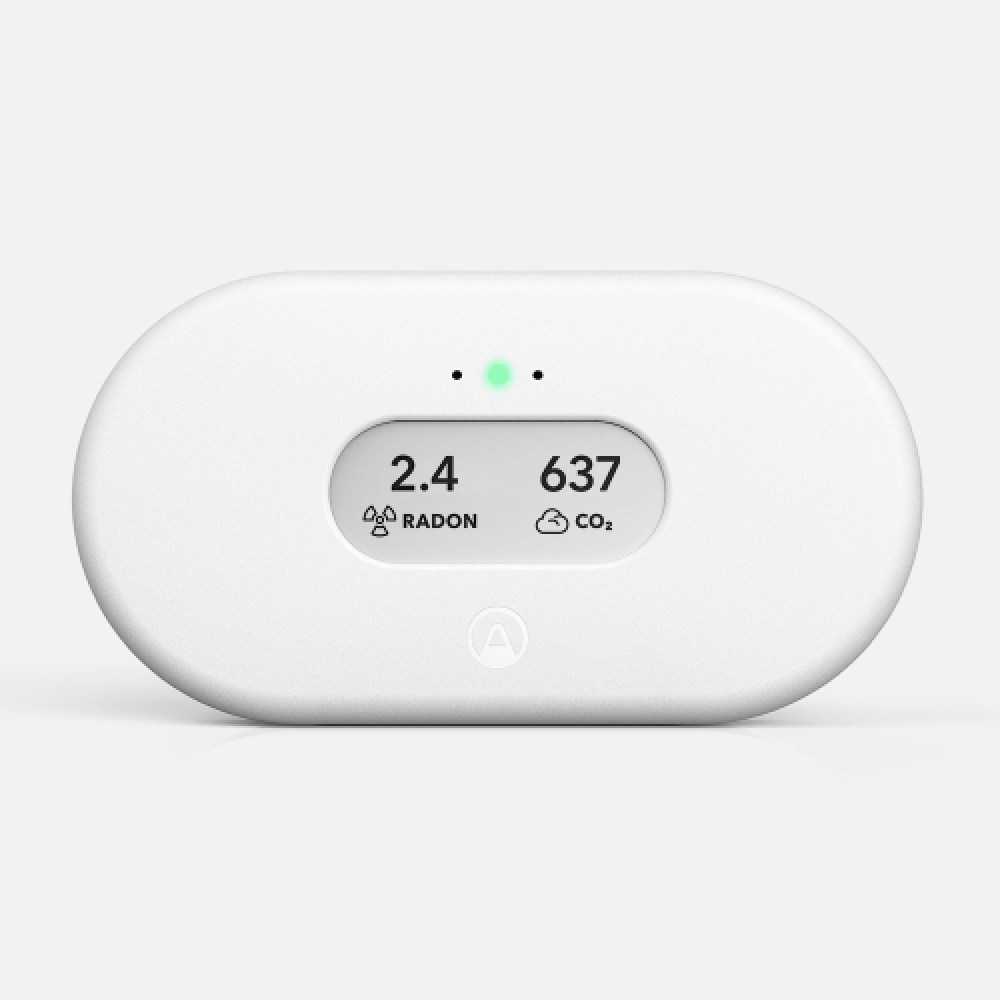
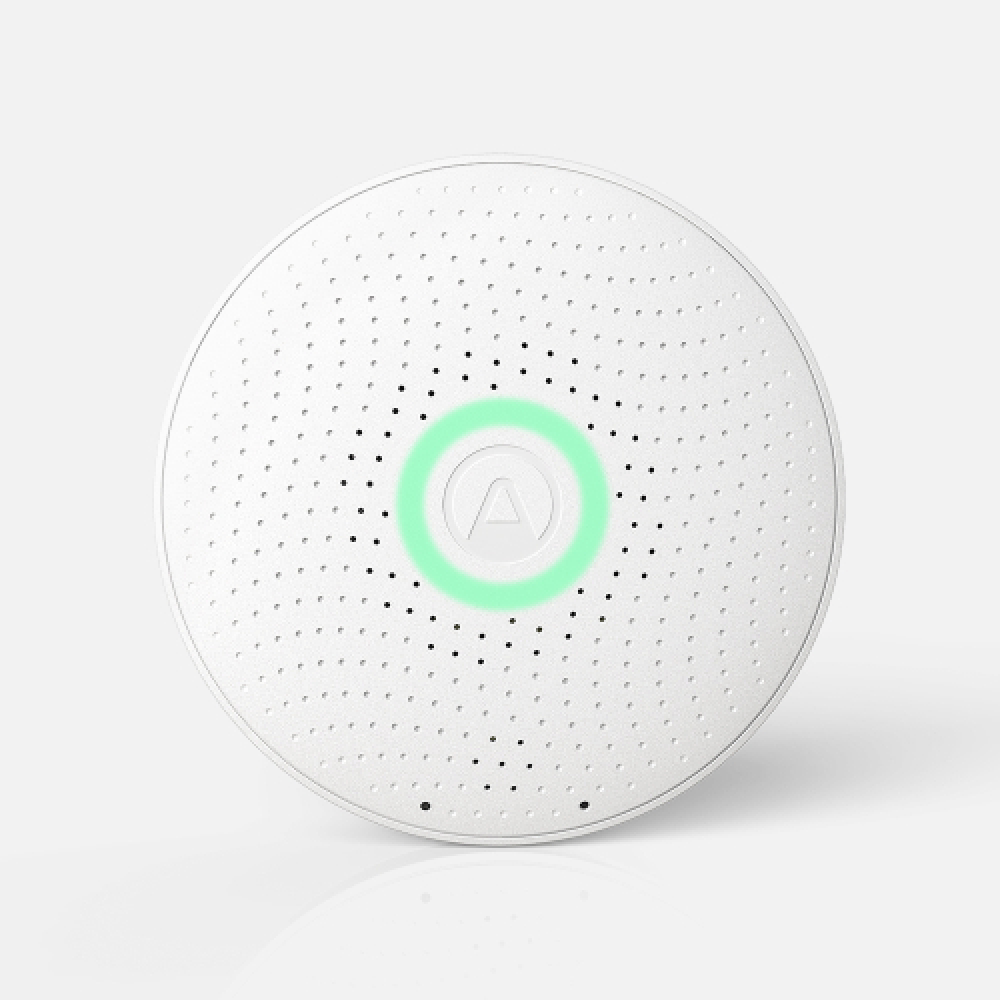
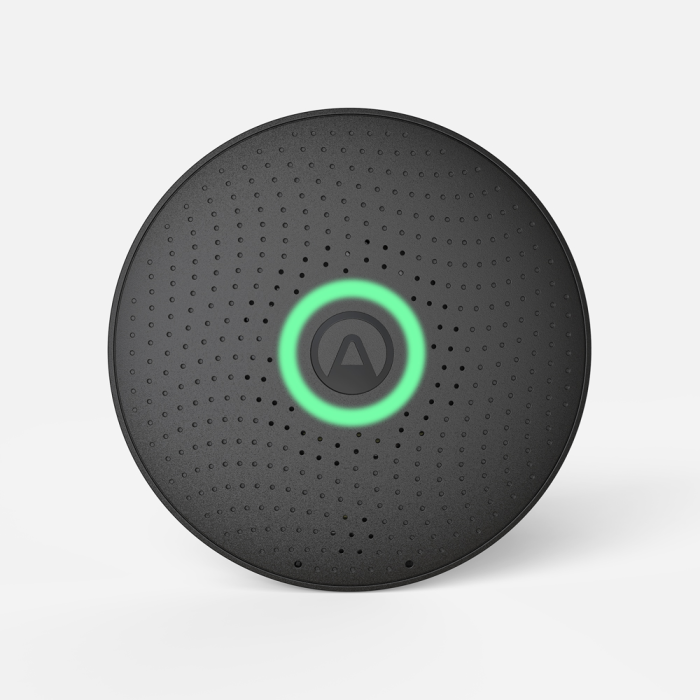
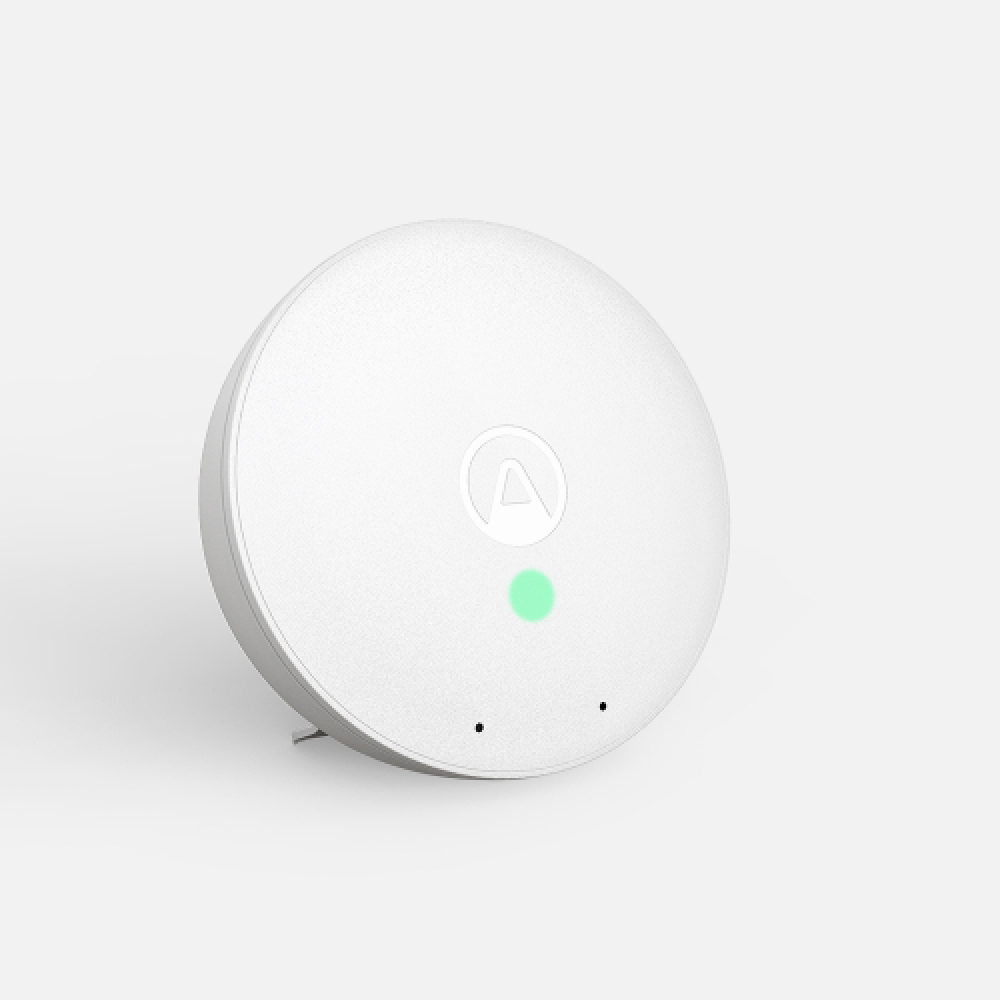
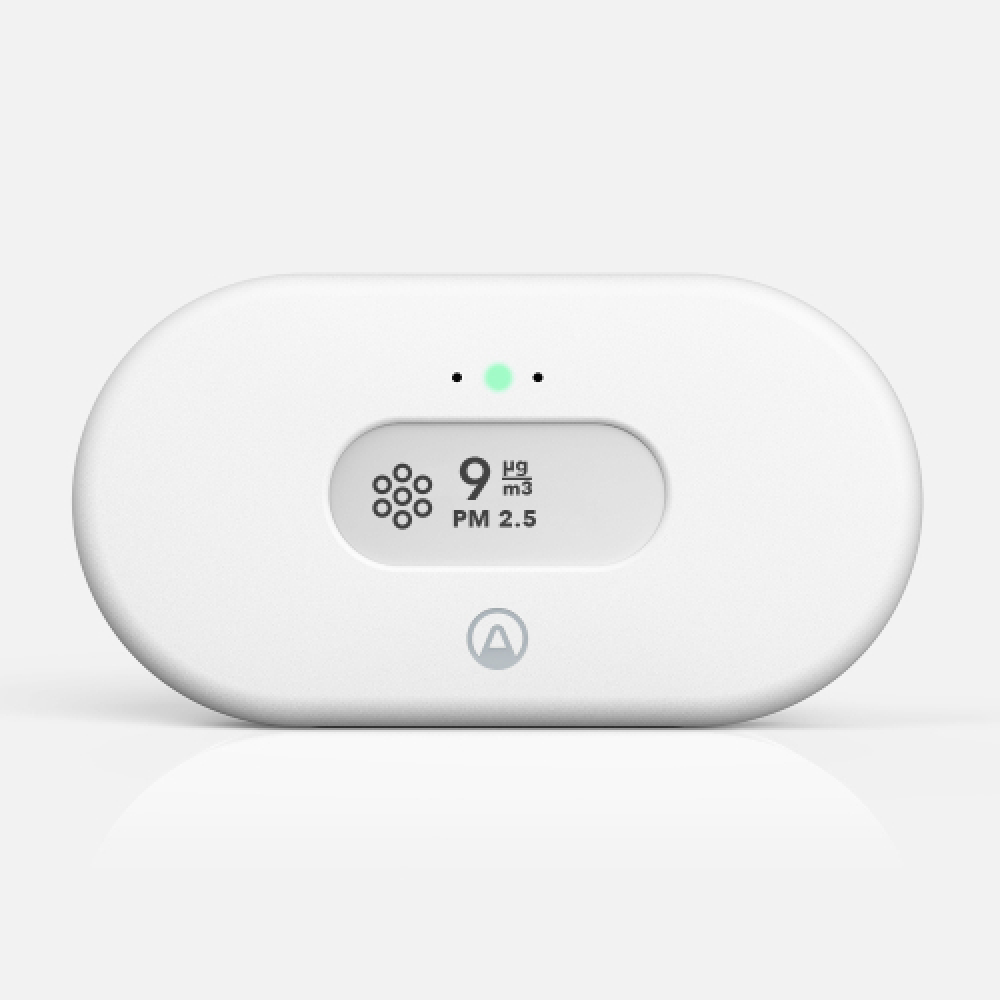
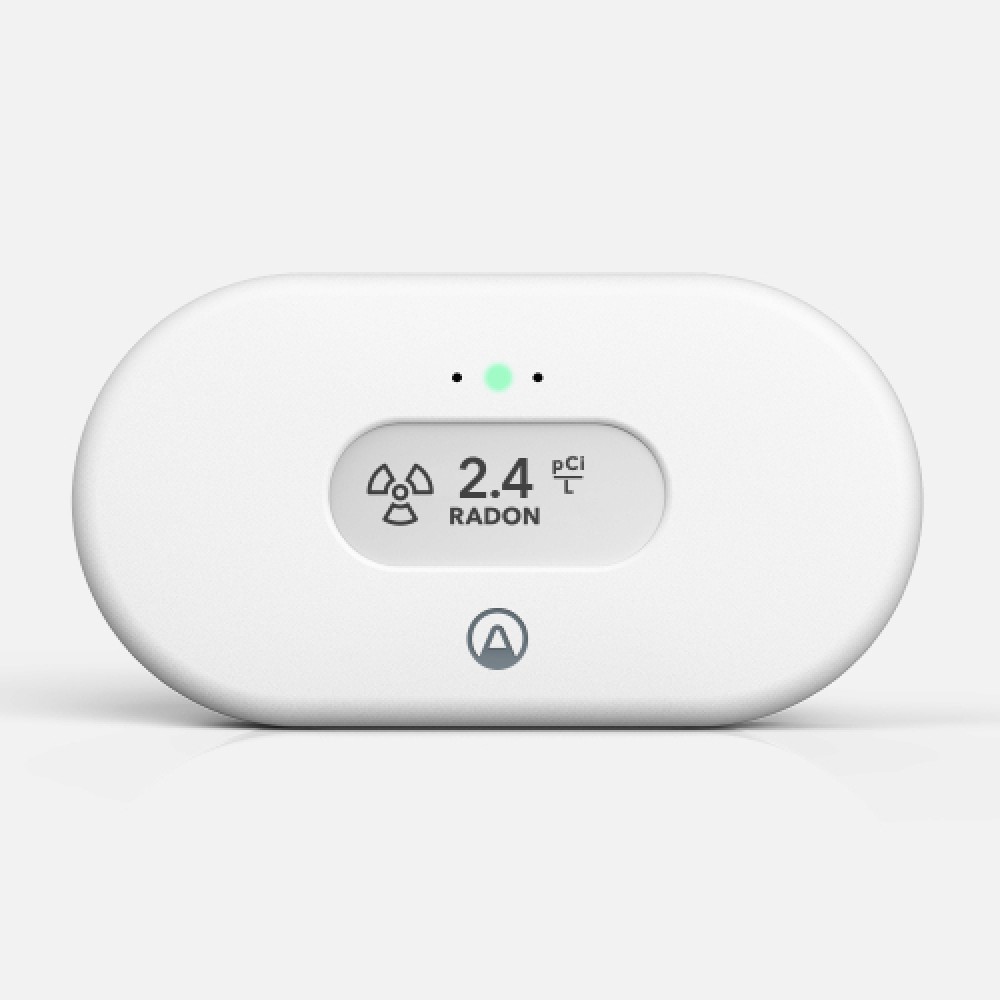
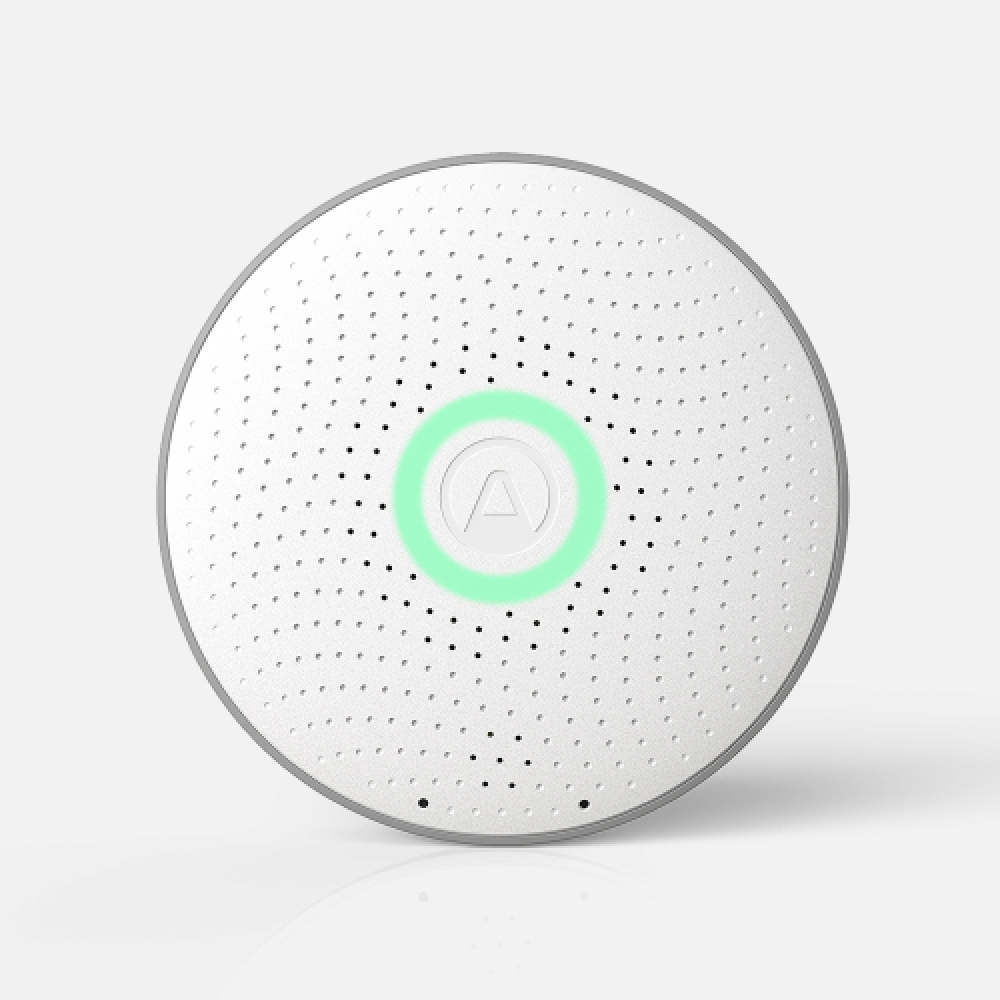
%20(1)%20(1)%20(1).webp)
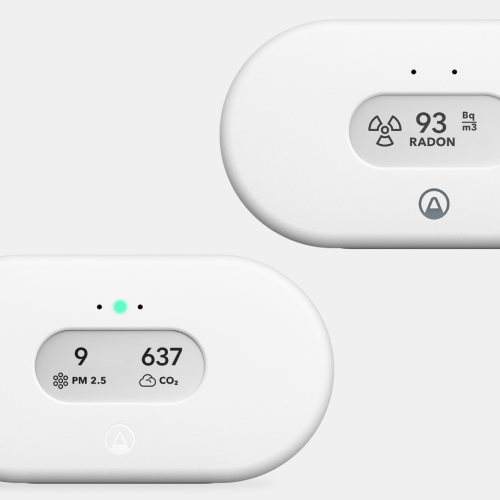
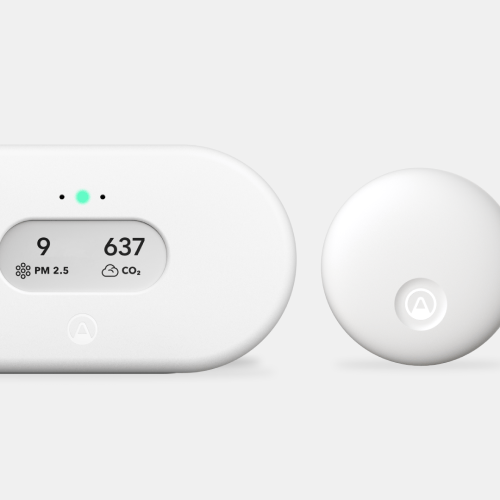
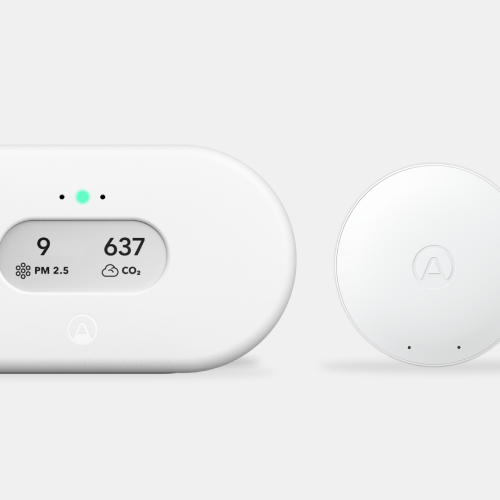
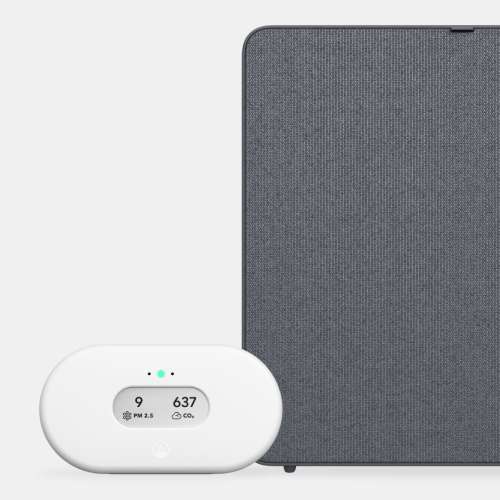
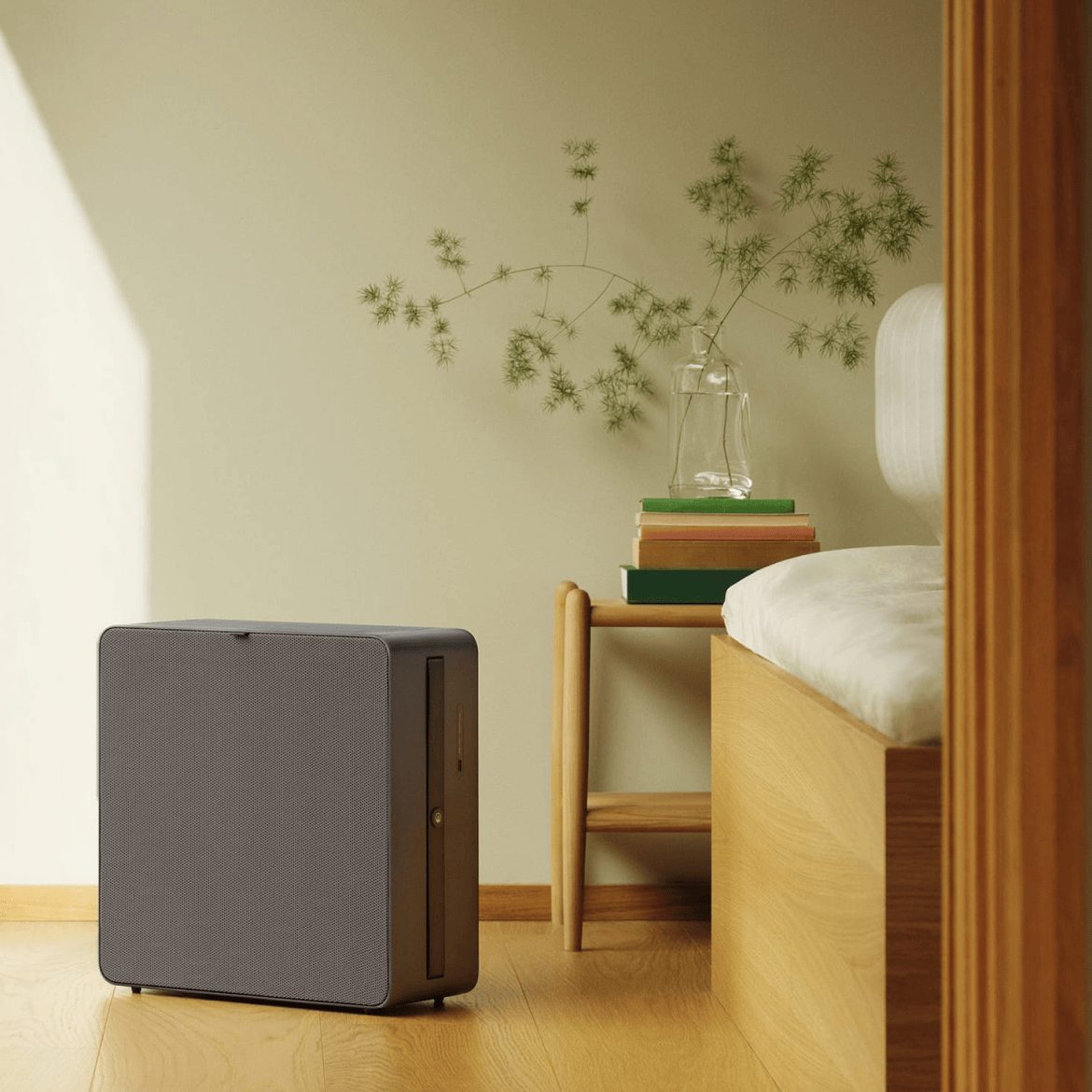

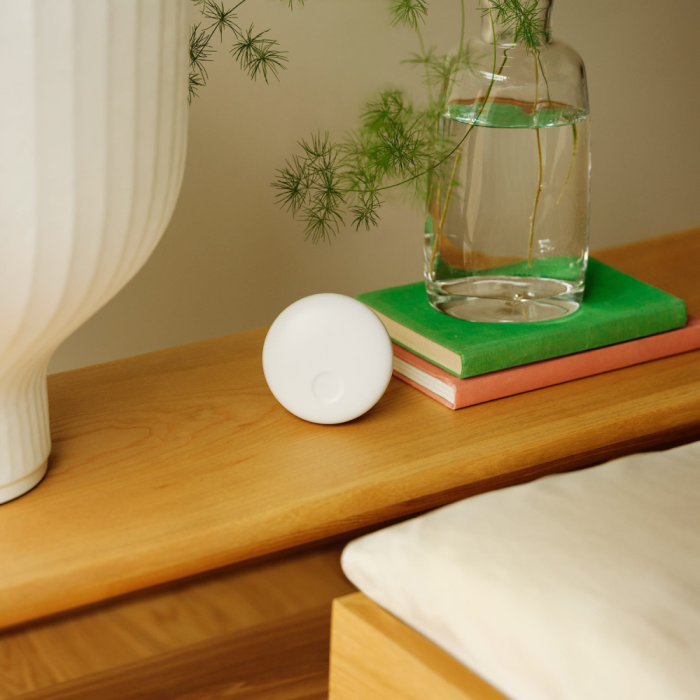
 Back to top
Back to top